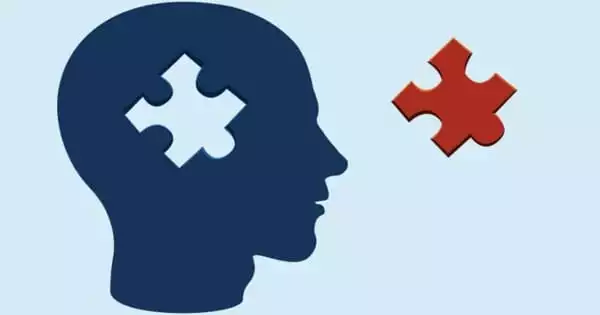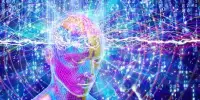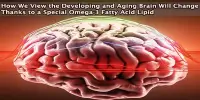During sleep, one brain region can indeed influence and “teach” another. This phenomenon is known as sleep-dependent memory consolidation, and it involves the strengthening and integration of new memories into existing neural networks.
What role do the stages of sleep play in forming memories? “We’ve known for a long time that useful learning happens during sleep,” says University of Pennsylvania neuroscientist Anna Schapiro. “You encode new experiences while you’re awake, you go to sleep, and when you wake up your memory has somehow been transformed.”
But the specific process through which fresh experiences are assimilated while we sleep has largely remained a mystery. Schapiro, Dhairyya Singh, a Ph.D. student at Penn, and Kenneth Norman, a professor at Princeton University, have developed a neural network computational model that gives them fresh understanding of the procedure.
The hippocampus teaches the neocortex what it learned as the brain alternates between slow-wave and rapid-eye movement (REM) sleep, which occurs about five times a night, according to research that was published in the Proceedings of the National Academy of Sciences. This process turns new, transient information into long-lasting memory.
“This is not just a model of learning in local circuits in the brain. It’s how one brain region can teach another brain region during sleep, a time when there is no guidance from the external world,” says Schapiro, an assistant professor in Penn’s Department of Psychology. “It’s also a proposal for how we learn gracefully over time as our environment changes.”
Schapiro often focuses on human learning and memory, particularly how individuals gather and retain new information. She has long believed that sleep may have had a role in this. To test this theory, she and her team have been observing what happens in people’ brains as they sleep in a lab setting.
Her team also builds neural network models to simulate learning and memory functions. Schapiro and colleagues created a neural network model of the brain for this work that included the hippocampus, the brain’s hub for new memories, which is in charge of learning the world’s episodic, daily information, and the neocortex, which is in charge of aspects like language, higher-level cognition, and more permanent memory storage.
The scientists may see and record which synthetic neurons fire at what times in these two locations during simulated sleep, then examine those activity patterns.
As the two brain regions connect during non-REM sleep, that’s when the hippocampus is actually teaching the neocortex. Then, during the REM phase, the neocortex reactivates and can replay what it already knows, solidifying the data’s hold in long-term memory.
Dhairyya Singh
The team ran several sleep simulations using a brain-inspired learning algorithm they built. The simulations showed that the brain largely revisits recent events and data during slow-wave sleep, driven by the hippocampus, and that it mostly replays prior events during REM sleep, guided by memory storage in the neocortical areas.
“As the two brain regions connect during non-REM sleep, that’s when the hippocampus is actually teaching the neocortex,” says Singh, a second-year doctoral student in Schapiro’s lab. “Then, during the REM phase, the neocortex reactivates and can replay what it already knows,” solidifying the data’s hold in long-term memory.
“Alternation between the two sleep stages matters, too,” he says. “When the neocortex doesn’t have a chance to replay its own information, we see that the information there gets overwritten. We think you need to have alternating REM and non-REM sleep for strong memory formation to occur.”
The findings are consistent with what’s known in the field, though aspects of the model are still theoretical.
“We still need to test this,” Schapiro says. “One of our next steps will be to run experiments to understand whether REM sleep is truly bringing up old memories and what implications that might have for integrating new information into your existing knowledge.”
The current models don’t necessarily apply to various types of adults or less-than-stellar sleeping patterns because they were built on the assumption that a typical adult gets a good night’s sleep.
Additionally, they don’t provide any insight into how youngsters are doing, who have different sleep needs than adults in terms of both quantity and quality. According to Schapiro, her approach has a tremendous deal of promise to address some of these important queries.
“Having a tool like this allows you to go in many directions, especially because sleep architecture changes across the lifespan and in various disorders, and we can simulate these changes in the model,” she says.
In the long run, a greater knowledge of how different stages of sleep affect memory could guide the development of therapies for neurological and mental illnesses in which sleep deficiencies are a symptom. Singh says there could also be implications for deep learning and artificial intelligence.
“Our biologically inspired algorithm could provide new directions for more powerful offline memory processing in AI systems,” he says. This proof-of-concept work connecting sleep and memory formation moves the field one step closer to these goals.
















